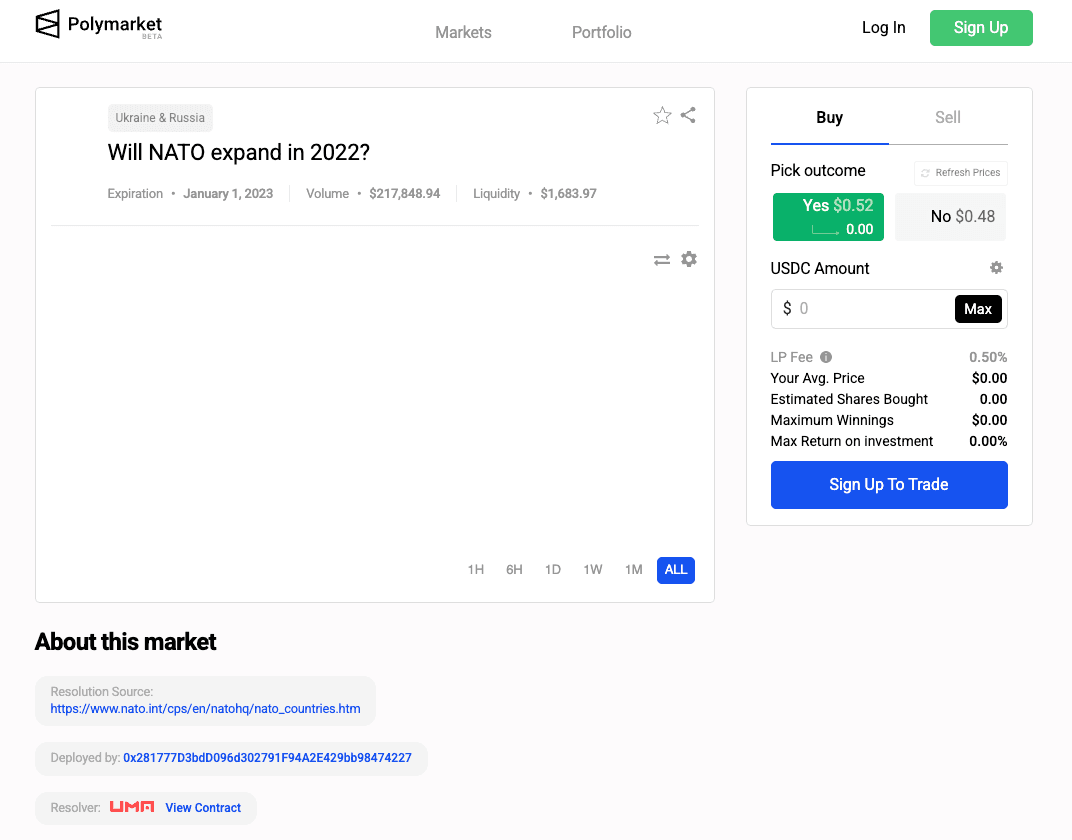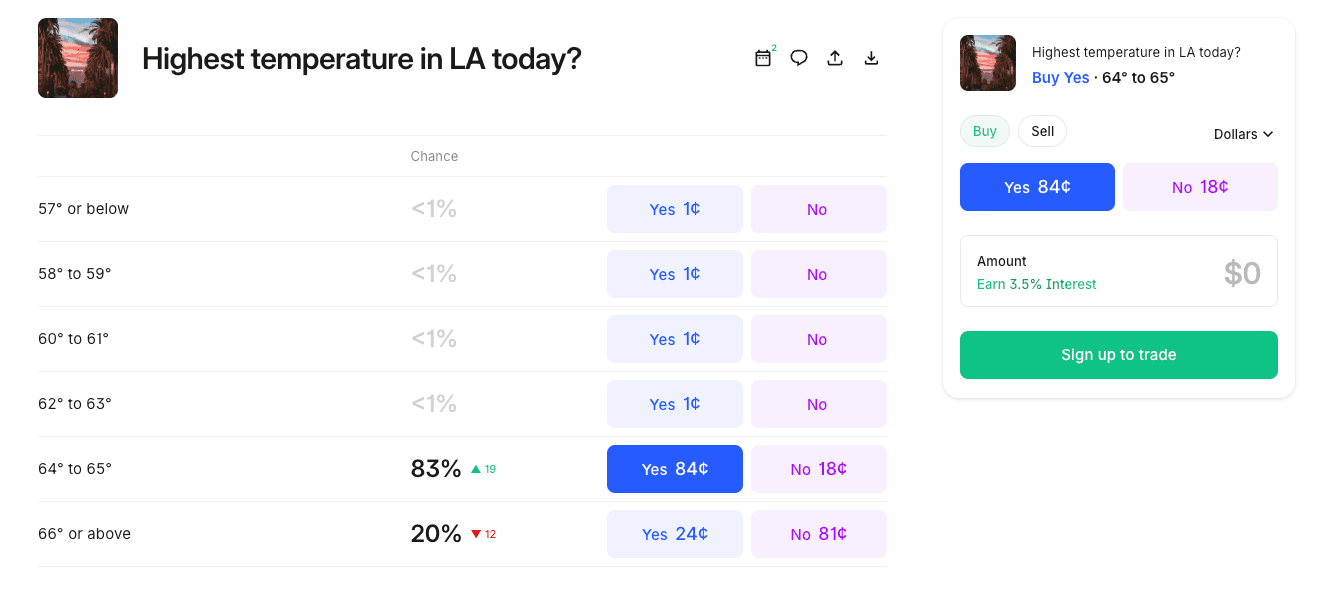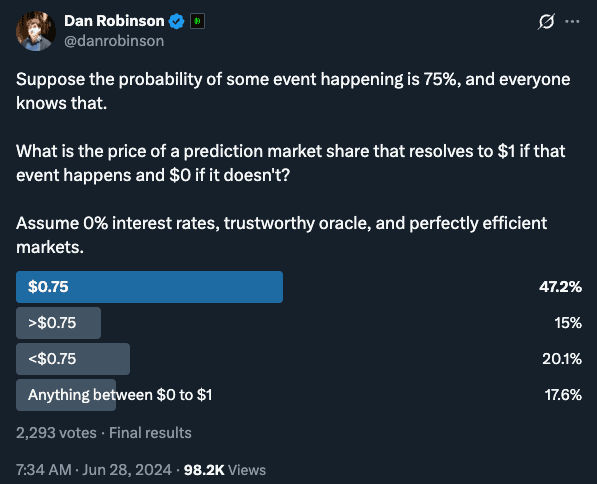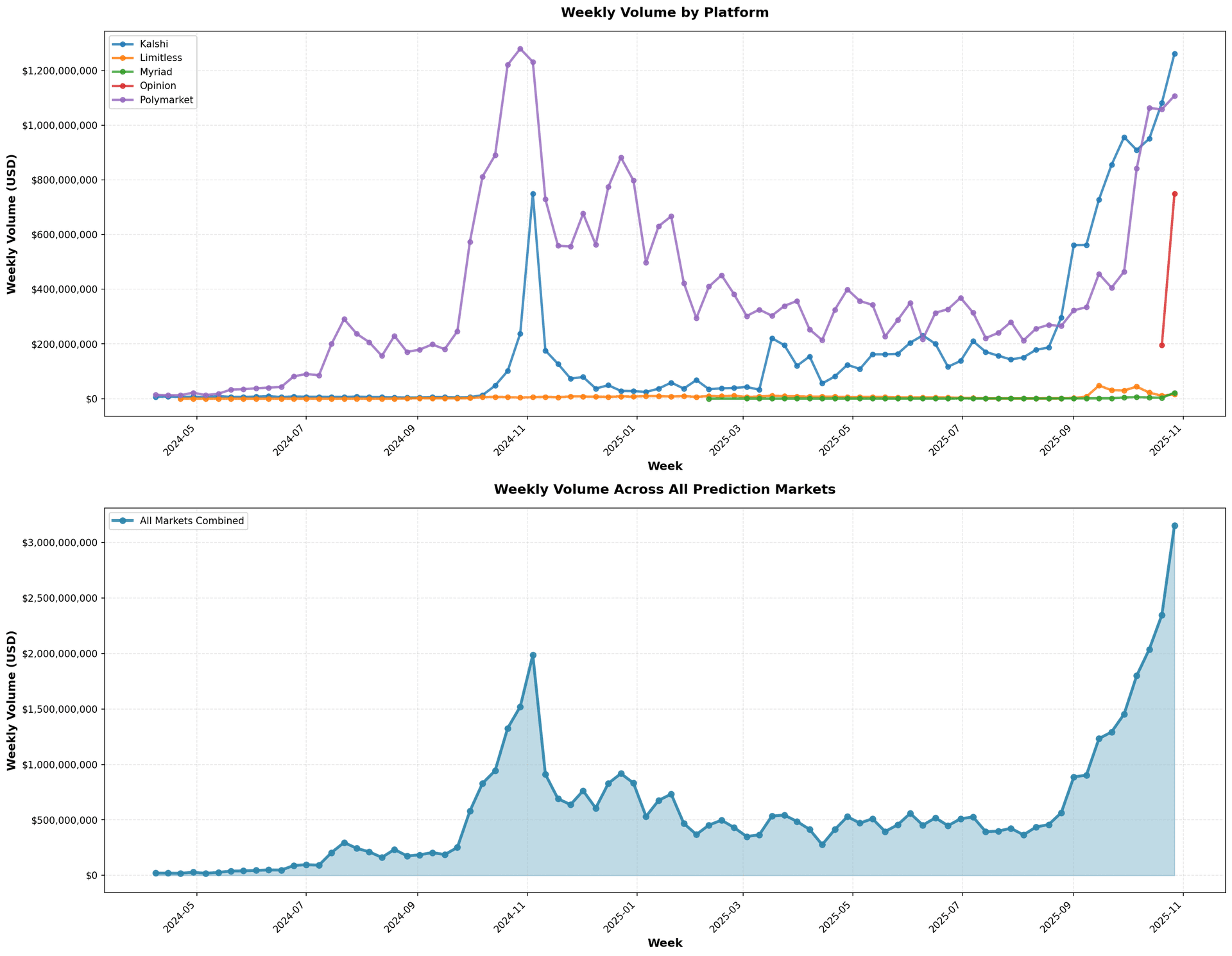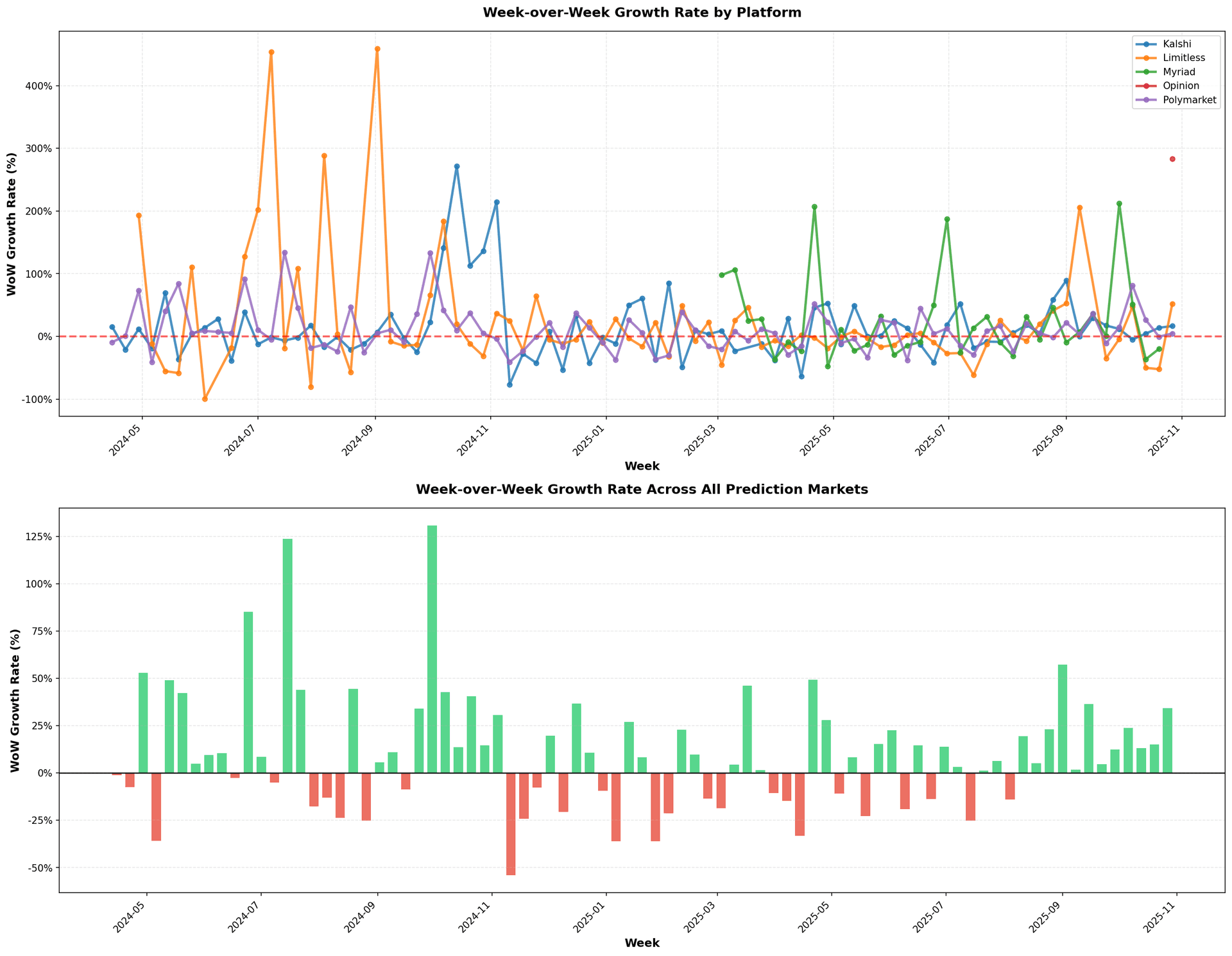Intent-Based Aggregators for Prediction Markets
Why intent-based aggregators will dominate retail prediction market volume
Prediction market interfaces continue to rely on legacy order types inherited from traditional financial exchanges. On platforms like Polymarket and Kalshi, users can submit two kinds of trades:
- Market order: takes liquidity off of the book and execute at the best available price
- Limit order: places liquidity on the book which will be matched if there is a requisite matching order
When a user sends a market or limit order, they are instructing the frontend to build a transaction with their exact parameters. The frontend then sends the constructed order to the orderbook matching engine. The user must decide exactly how their trade should execute, even if another venue, route, or execution path could deliver a better price.
In this post, I outline why intent-based aggregators will be the preferred retail prediction market interface and provide specific examples of novel orders enabled by intents.
An intent is a set of constraints that allow a user to outsource transaction creation to a third party without relinquishing full control to the transacting party. They allow the user to tell a third party "what" they want without caring about "how" it is achieved.
These intents are typically sent to an aggregator. The aggregator is responsible for figuring out how to give the user the best price. Aggregators achieve this by asking a set of fillers for a quote and routing to the filler with the highest quote.
UniswapX was the first major aggregator to implement intents. Today, all the major DEX protocols operate as an intents-based aggregator, albeit with slightly different implementation nuances.
Intents are a meta-order type that allows for more flexibility. This enables novel user interfaces that serve as wrappers around different intent orders. One such novel user interface is an LLM-based interface that accepts user orders in plain English. These LLM-based interfaces can then easily translate and encode them into an intent order.
Equities and tokens are fungible assets. 1 share of META = 1 share of META (within a given share class). 1 BTC = 1 BTC.
Prediction market assets are non-fungible, as each individual market may have different resolution criteria. In the simplest case, the same event might point to different resolution sources. For example, crypto markets on Polymarket resolve based on the Binance spot price, while Kalshi markets resolve based on CF Real-Time Indices.
